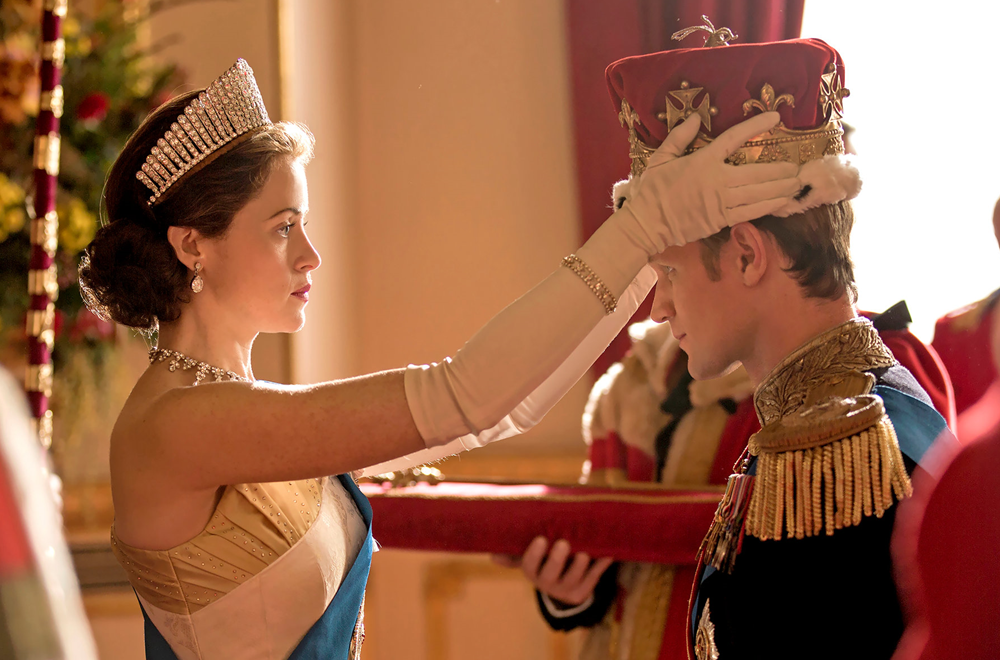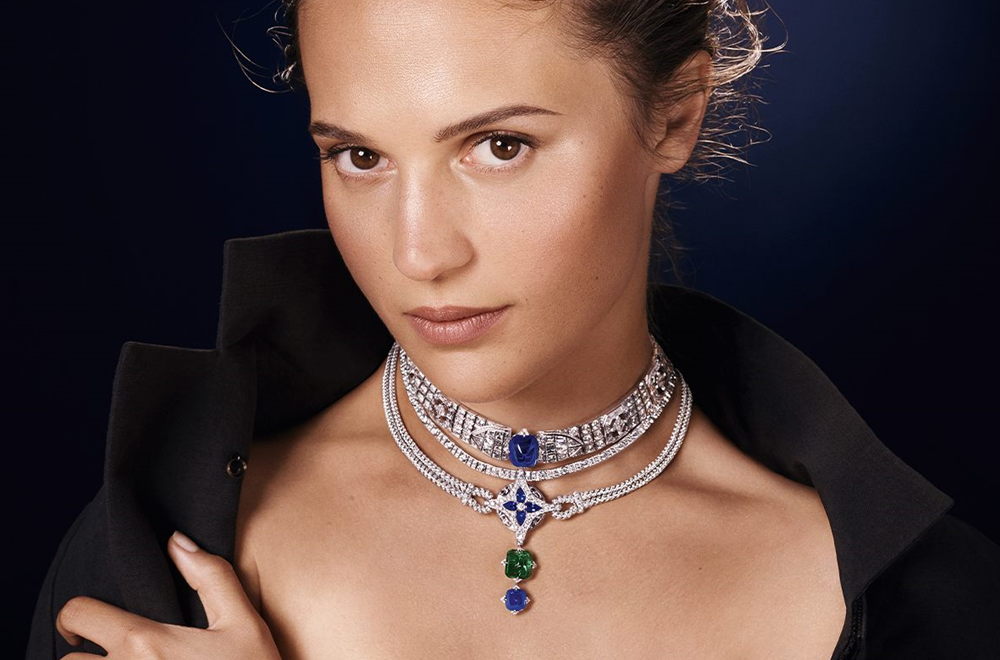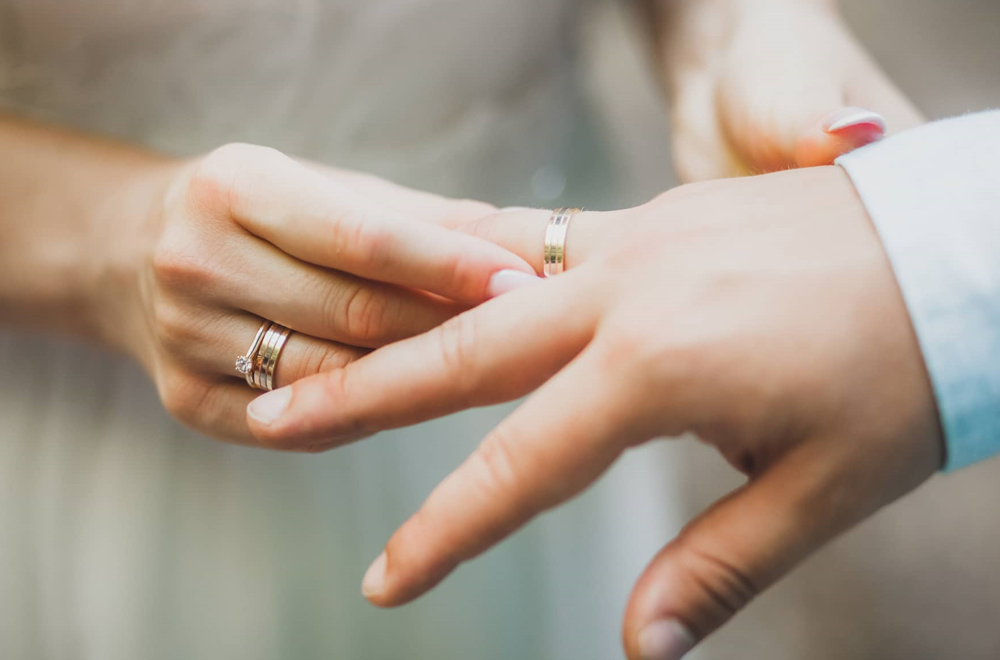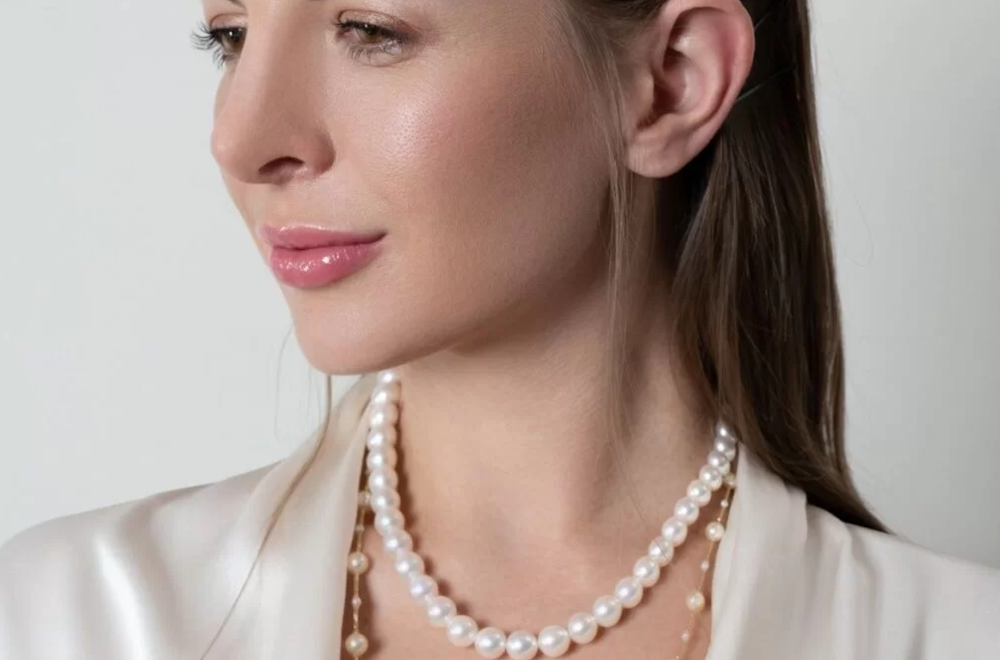The crown is a timeless symbol of power, prestige, and royalty. It’s no surprise that throughout history, monarchs have adorned themselves with this majestic headpiece to display their wealth and status. Although the exact origin of the crown is unknown, it has been used by many civilizations including those in Egypt, Greece, Rome, and the Middle Ages.
Today, an ornately decorated crown is still seen as a sign of high-ranking individuals such as kings or queens. The design usually features intricate details like precious stones or gems along with symbols related to a particular kingdom or family lineage. For example, Queen Elizabeth II wears a crown that has diamonds from India representing her connection to the Commonwealth countries.
Beyond being used for ceremonial occasions such as coronations and anniversaries, some countries also use tiaras for special events like weddings. This is especially popular in Europe where brides often wear tiaras during their nuptials to signify their newfound status as queen or princess within their marriage union.
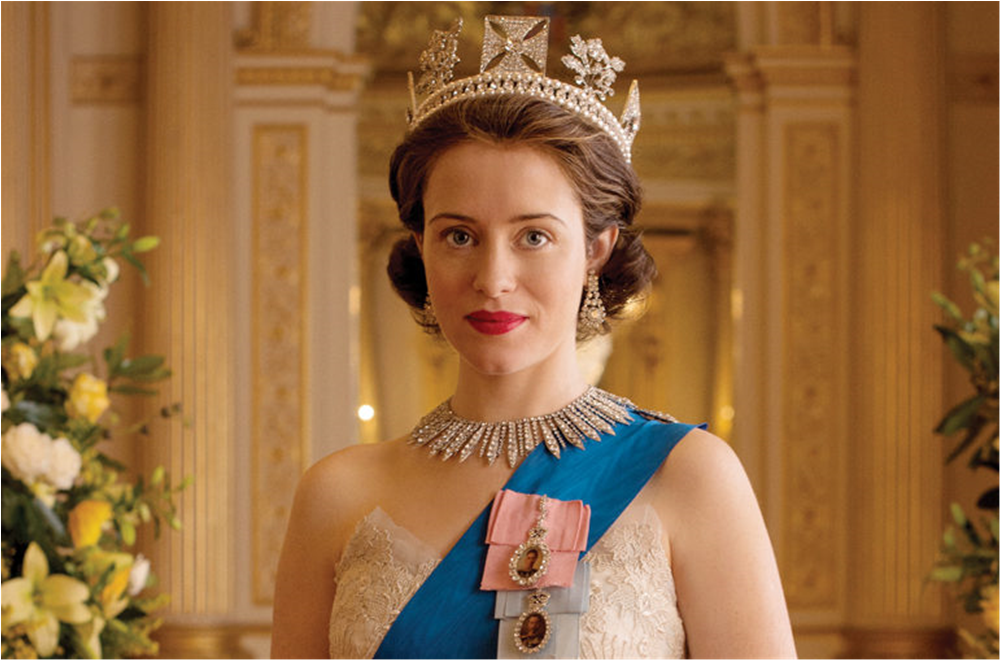
Crowns are also present in religious ceremonies around the world as well most notably in Christianity which includes traditions like blessing crosses with holy water by bishops wearing miters during Easter services. In some cultures outside Europe, certain communities will don traditional headgear featuring feathers or beads to honor important occasions like birthdays or coming-of-age celebrations.
No matter what form they may take on different parts of the globe grandiose pieces fit for royalty or more understated designs the crown continues to be viewed as an item that exudes authority and respectability even today centuries after its first conception by ancient rulers long ago. Its presence today serves not only as a reminder of our past but also stands tall as an affirmation of its ongoing influence on global culture today.

